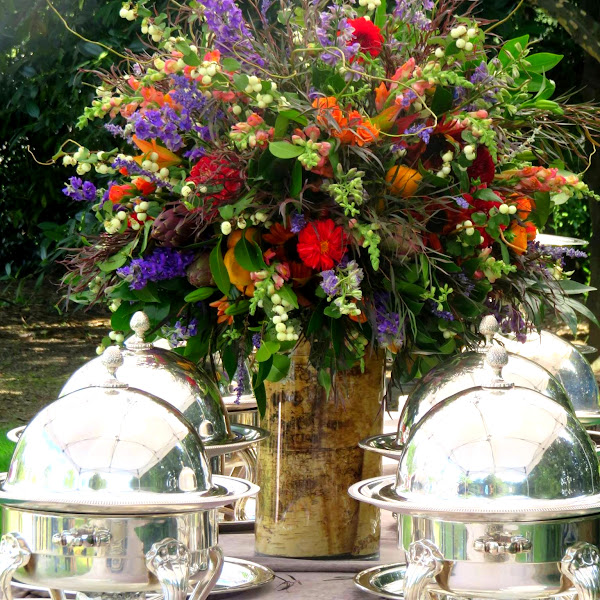TheWhiteHouseSpin.Com
Written By Karen Ann Carr, Producer
One of the best kept secrets about the DMV is the East of
the River, commercial and residential, region of Washington DC, USA. The
residential streets over-looked Washington DC. Residents enjoyed living beyond the inner-city hustle and
bustle.
Just beyond the Benning Bridge in northeast Washington you
will find Minnesota Avenue NE of Ward 7.
Educators, Artist, Architects and Musicians Marvin Gaye and
Shirley Horn selected the region to live in the nineteen fifties. Minnesota
Avenue was awesome in that there was a community Movie Theater, Giant Food grocery
Store, a bustling bakery, a Doctor’s office, a Law office, a florist, a Dentist
and a major grocery store and two five and dime style stores where you could
buy patterns and material to sew or a
fuse to restore electricity at home. Needy strangers could find help on Minnesota
Avenue.
Many residents spent time chatting face to face with
neighbors, sharing recopies or listening to music. Children were encouraged to
be creative. Learning and producing art, music, drama, dance and in my case
architecture. Young men and women held party’s in the basement. Children practiced
new dances and played games. Teens learned
and then played cards and monopoly most of the night, as adults chatted on porches.
Residents of different faiths enjoyed
and respected each other without adhering to stratified stereotyping.
The sense of community was simply awesome. What made the
experiences better was proximity to a major grocery store known as Giant Foods,
a movie theater that offered major films and the original
pioneers of the five-and-dime store,
The F. W.
Woolworth Company five and dime store and more. The McBride’s
store was built as well. Stores were owned by people of all racial and ethnic backgrounds.
Singing, playing games, listening and playing music were not
unusual. Smelling barbeque, eating potato salad, smelling smoked turkey at thanksgiving
and a neighbor offering you their special dish was not unusual. Residents viewed
the National Fourth of July fireworks display on the National Mall from their porches
or yards before or after eating the special sweets of the day. Children played in front of the house, in back
yards and in the lovely alley ways. Some yards had a variety of fruit trees,
fig trees, grape vines and azaleas.
The region was filled with variety of District residents.
All sectors of society were represented. Residents of the District mingled and
shared evenings with each other, free from fears. People looked out for one
another. Children were encouraged to contribute to society by their parents and
neighbors. Often organizing and participating in fundraising activities for
muscular dystrophy. Adult residents were active participants of community
churches, political meetings and community activities. Adult community leaders collected
money for families experiencing the death of a member.
However, the region was not isolated from the national shame
of discrimination, bigotry, assaults upon civil rights activist or the murder
of US children in Sunday school and national leaders. U.S. President John F. Kennedy, Martin Luther King, Jr, Malcolm X, the
US Attorney General Robert Kennedy were murdered. Some people rioted and destroyed
the commerce of their own communities. The Minnesota Avenue bakery owner, of I
believe Jewish decent did not return. The commerce of the F. W. Woolworth Company five and dime store was impacted.
The major grocery store Giant Foods eventually fled the region. Residents began
leaving the region as well. A retired black-American Police officer said, the
poor people’s march on Washington DC changed the District. The once easy going culture
of the District of Columbia shifted into a dog-eat-dog /survival of the fittest cultural was born and
the infestation of drugs flooded the District of Columbia region. A culture of generational poverty began eating
into all sectors of society.


Comments
Post a Comment